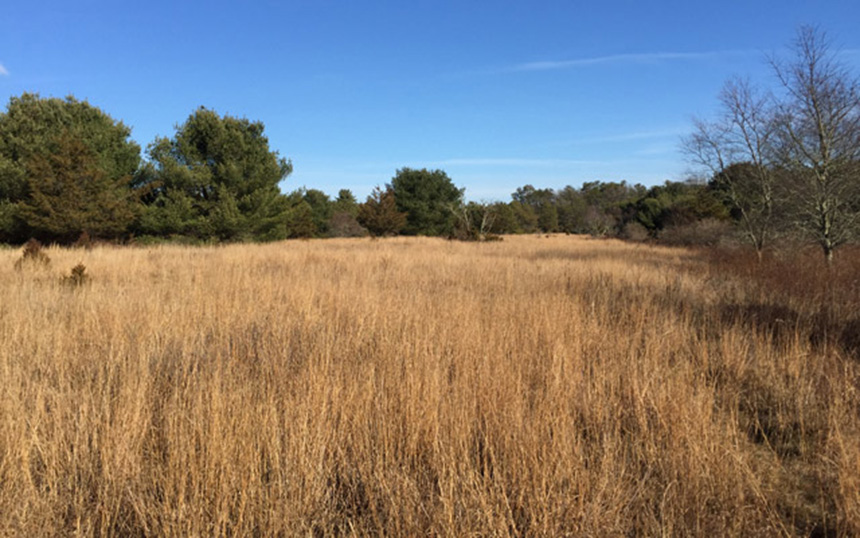Fifty-two years ago this July an explosion rocked this rural village and devastated a local family. To this day, it remains the only fatal industrial accident at a U.S. nuclear facility.
On July 24, 1964, a criticality accident occurred at the United Nuclear Corp.’s fuels recovery plant, killing a 37-year-old production technician.
The Atomic Energy Commission eventually charged United Nuclear Corp. with 14 violations of nuclear-safety regulations, eight directly involved in Peabody’s accident, but no fines were ever imposed.
When the United Nuclear facility had opened four months earlier, then-Gov. John Chafee called it “a tremendously exciting thing for us here in Rhode Island,” according to a 2000 New York Times story.
However, the now long-closed nuclear facility also left behind another legacy.
The facility, in southwestern Rhode Island, closed in 1980, 16 years after Peabody’s death. The company and federal government then began a multimillion-dollar, decades-long decontamination of the 1,114-acre site at the elbow of the Narragansett Trail. The Pawcatuck River flows through the property’s northwest corner.
The Nuclear Regulatory Commission declared the site safe in October 1995. In 2011, state and federal officials determined no further clean-up action was required, and 3,000 feet of chain-link fencing, which formerly surrounded the facility, was removed.
From 1966 to 1980, liquid wastes, containing radionuclides and other chemical solutes, were discharged into the environment through those uncovered ponds and trenches. Overflow problems caused by precipitation and disposal-flow rates, which ranged from 360 to 1,400 gallons a day, according to a mid-1980s report, led to the periodic construction of additional ponds and trenches.
For the past 36 years, however, the site of a horrible death and a source of environmental contamination has been on the road to recovery.
The 1,112-acre Francis C. Carter Preserve, off Route 112 in Charlestown and Richmond, was once the home of the United Nuclear plant. After the facility closed, the federal government designated the property a Superfund site and a 30-year cleanup began.
When United Nuclear owned the property, the company only used about 12 acres for its operations, so most of the property had been undisturbed for decades.
Today, the site is the second-largest Nature Conservancy property in Rhode Island. The project restored some 20 acres of field and shrub habitat, with direct benefits for American kestrels, grasshopper sparrows, prairie warblers and more than a dozen other bird species.

